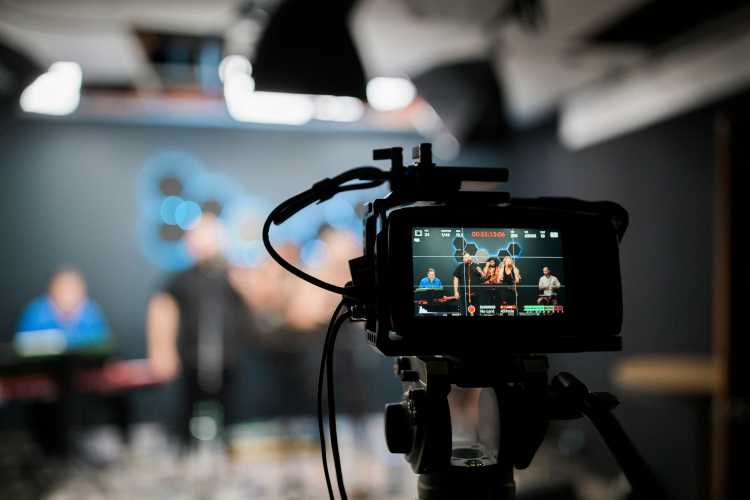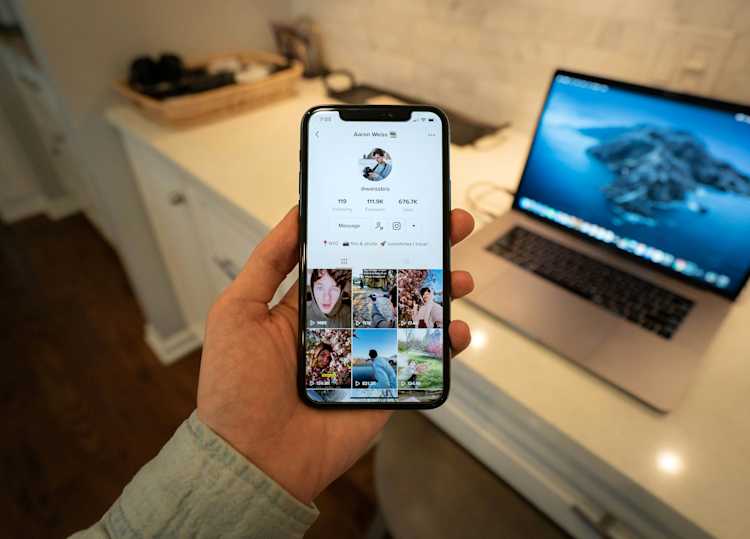Creators & Entrepreneurs
12 Things Your Digital Customer Experience Strategy MUST Have
A great digital customer experience is essential. Learn what a digital customer experience strategy is and the 12 things yours MUST have.
Author
Mighty Team
Last Updated
February 6, 2025

Imagine you go to do business with a company. When the time comes to pay, you get an invoice with instructions to e-transfer your payment to an @hotmail.com address.
Or how about when you join a company's Facebook group trying to get support? When nobody answers you send an email, and you get a copied-and-pasted response back that still isn't helpful.
In both of these cases, the brand in question has already failed the digital customer experience test.
Often, we don’t think about a digital customer experience strategy unless something breaks. But with most of your customers experiencing your brand online, a great digital experience across your customer experience platforms is a must-have.
In this article, we'll talk about what a digital customer experience strategy is and the main things you need to think about when designing yours.
What is a digital customer experience strategy?
A digital customer experience strategy is a plan for making the most of digital channels and products to benefit your users. It could include streamlining and connecting customer experience across things like email, social media channels, branded spaces and apps, virtual events, and any sort of digital product.
If done right, a digital customer experience channel will increase customer satisfaction, and help you respond to issues quickly. In the bigger picture, it will impact how your customers feel about your brand and whether or not they tell others.
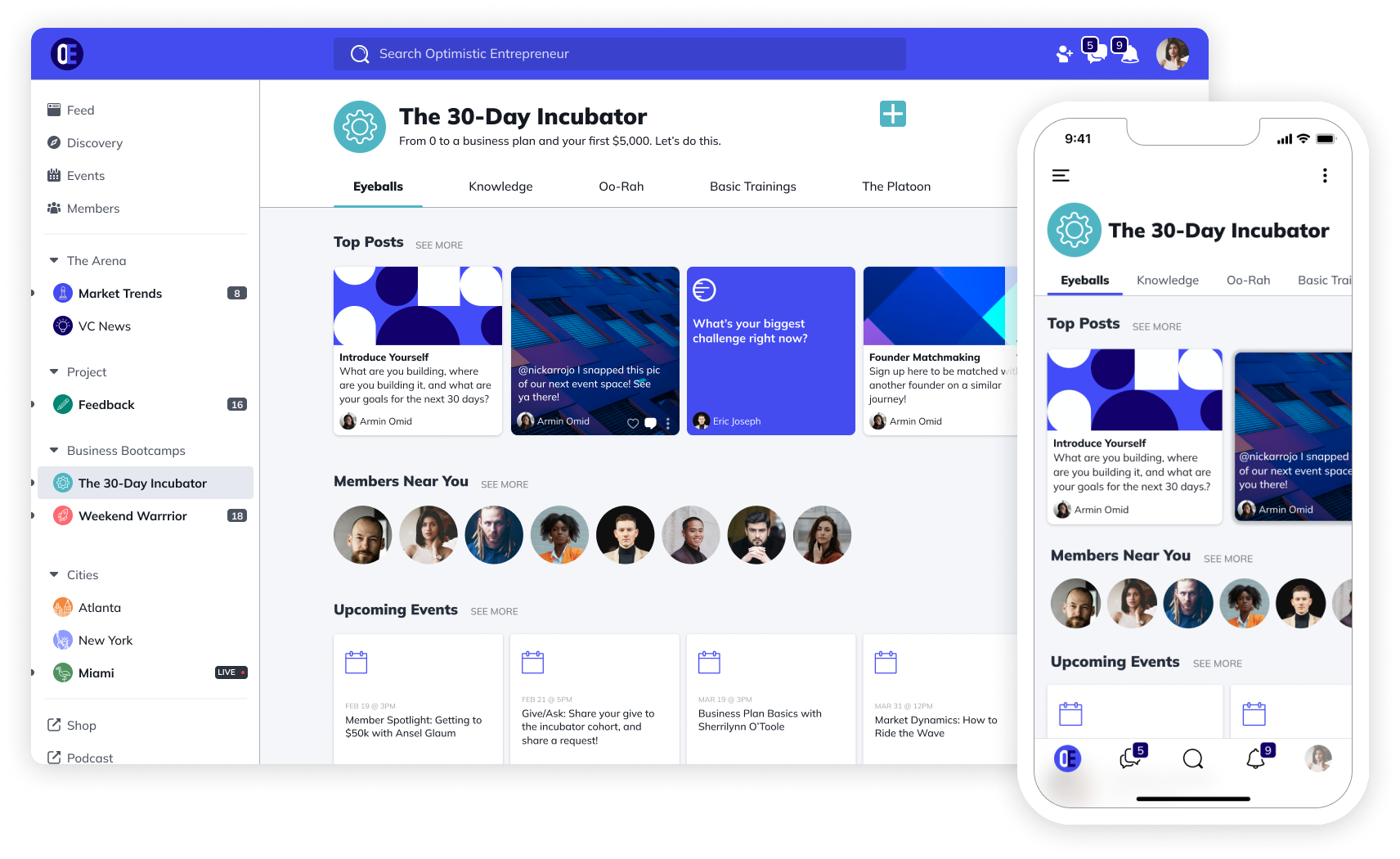
Common mistakes we see with digital customer experiences
We think about building amazing digital experiences A LOT, giving customers and users a strong sense of community, and helping them engage with your brand. But we see a lot of brands making the same mistakes again and again:
Inconsistency: If your brand goes through spurts of working hard on a social media channel or email campaign when things are slow, only to have it drop off again–you’re not alone.
Community leakage: Having your digital engagement spread out across so many places and channels your customers just get confused and drop off.
No strategy: A lot of brands are playing whack-a-mole with digital customer experiences, waiting for something to go wrong and then searching for a band-aid for that thing.
Tech debt: If your digital customer experiences are spread out across too many platforms and you’re trying to work them all, you’re wasting your time and your customers’.
Questions to ask for your digital customer experience strategy
Here are some of the questions to ask to help you set the stage for your digital customer experience strategy:
Who are your customers and where do they hang out? Understanding what digital channels they use helps plan your brand's engagement.
What do your customers expect? They're engaging with your competitors and with other digital brands. What do they expect to see from you?
What capacity do you have? Be realistic about what you can accomplish with your existing team and/or if you might need to hire up or cut back.
How does your product fit? Understand how your product and customer acquisition channels connect with your digital customer experiences.
Where will you create the highest impact for the time and money investment? There are a million possibilities for a digital customer experience and you don't need to hit them all.
Where do you have existing tech debt? A lot of headaches are created by outdated or overcomplicated tech solutions. Just because you have it or inherited it doesn't mean you need to stick with it.
Elements of an awesome digital customer experience strategy
1. Centralize
There's a common mistake brands make with their digital customer experience, and it has nothing to do with the content.
In fact, a lot of brands and businesses don't even know they're making it.
Here it is:
They use five different platforms to serve their customers.
If your customers have six different places they need to go to get different types of answers, you just created a customer experience nightmare.
It happens easily enough. Usually, you buy your software to fix a problem you have. If you want a customer service solution, you buy that. Then you add a separate chatbot. Then at some point, you add a resource library somewhere else, maybe on your website.
Before you know it, your customers are going to six different places and it's a nightmare for your team to communicate with them.
The answer is to streamline your customer experiences, eliminating your tech bloat and centralizing the solutions.
Creating a customer experience app or using a platform that does everything you need to do will stop the leakage.
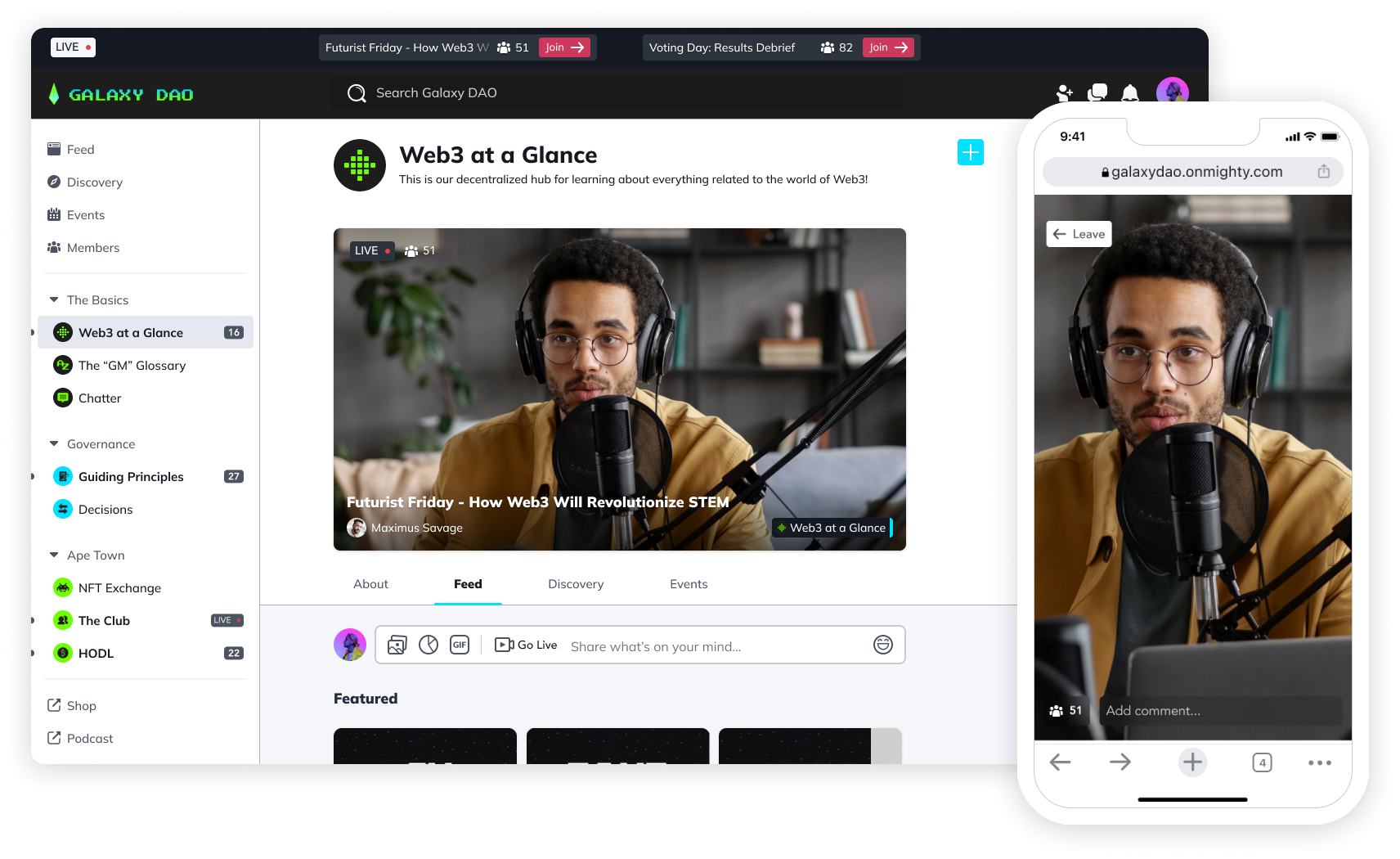
2. Automate
Customer expectations are growing all the time. They EXPECT to be able to message your brand on a social media channel or get follow-ups in their inbox.
With expectations sky-high, the only real way to meet them will be some form of automation. Or, as a recent Salesforce report puts it, “If there were one slogan all marketers should memorize this year, it’s this one: automation is the way to meet or exceed expectations.”
In the same report, Salesforce found that brands that consistently show up earn their customers’ trust. And with more and more digital channels all the time, automation is the only way to consistently show up!
For example, in a Mighty Network, automating new member experiences can be a fantastic way to get members onboarded and connected to your community.
3. Use UGC
Did you know there are people who will handle creating content and boosting your customer experience, for free?
One of the coolest ways to power up your customer experience and word-of-mouth marketing at the same time is through user-generated content.
Take the Apple support forums for example. Apple has so many super fans that its user forums are dominated by people who take the time to answer questions about the product for free. Or how about Lego, whose customer community is a space for builders to share their ideas?
When you can create this type of user-generated content, having your users create some of the content your customers see, it can turbocharge your customer experience and scale your efforts without any extra cost to you.
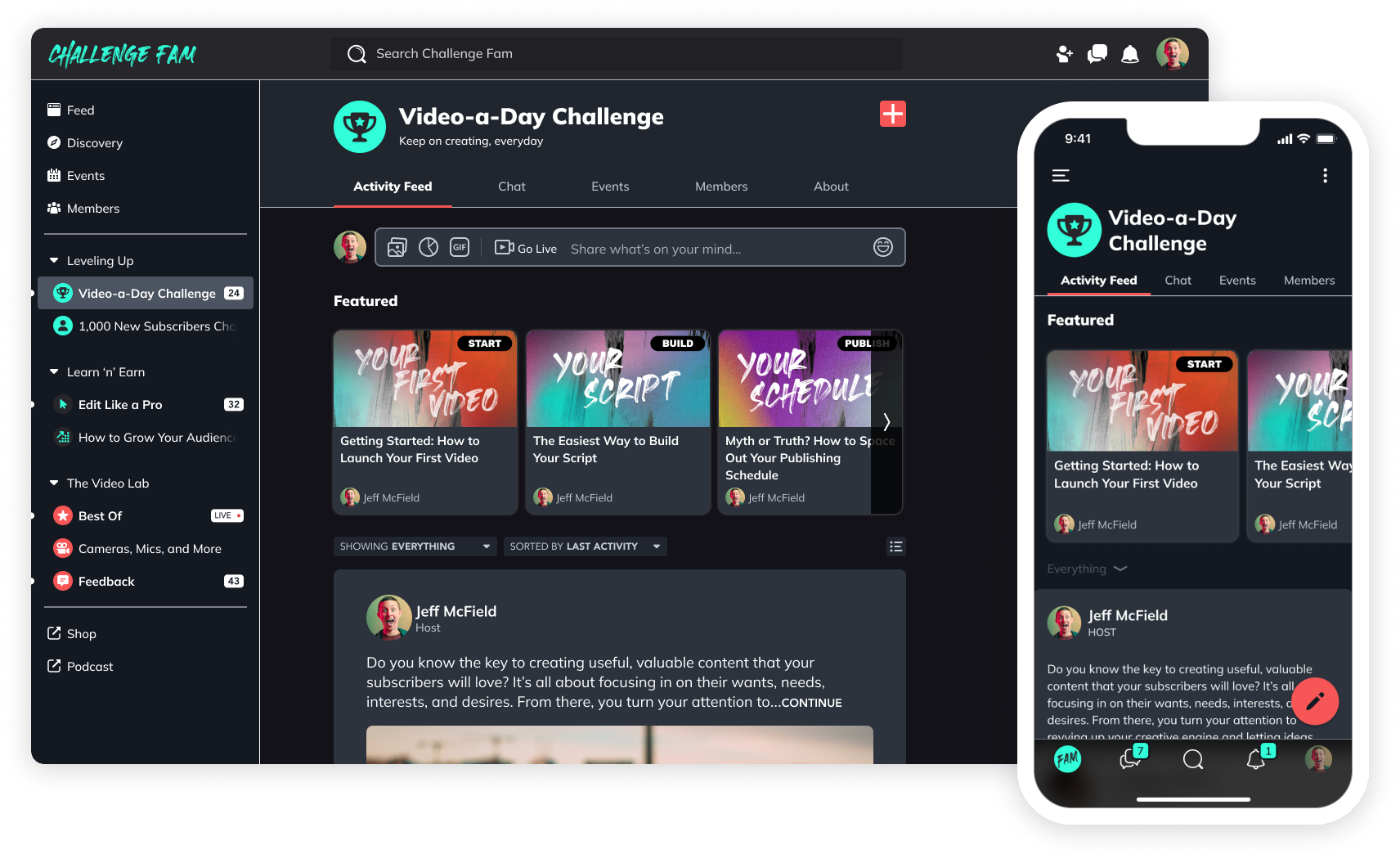
4. Use AI
If you harness the human power of user-generated content, how about the power of AI? While generative AI is a new thing, it's already pretty clear that it can have a huge impact on customer experience.
Think about things like:
Community generators
Chatbots
AI data analysis
AI automation
All of these are relatively new but have amazing potential for customer experience.
Being an early adopter of AI tools can pay off big time and give you a competitive edge.
For example, here at Mighty, we decided to launch an AI community generator – Mighty Co-host™. Before, users would have to manually create a community and fill out a lot of information as they built it.
Mighty Co-host™ meant that people creating a new community could instantly generate landing and sales pages, a Big Purpose, course outlines, profiles, and even a community name.
Work that formerly took hours can now be done in a few seconds, creating a dramatically better customer experience. Instead of spending their time on technical setup, customers could start inviting their first members or even selling their first courses.
5. Be smart with omnichannel
For many brands and businesses, being present on a lot of different channels feels like part of the deal. And it might be. You might need to have some sort of presence everywhere, meeting your customers where they're at.
If this sounds like a contradiction to the idea of centralizing your customer experience that we talked about above, it's not. The trick is to point all of your channels back towards your main customer experience platform, much like spokes and a hub.
This way, your social media channels, email subscribers, and even ads could all direct back to the same place–making it feel like you're everywhere while streamlining your customer experience at the same time.
And simplify your work across different channels where you can. For example, if social media isn't a big part of your customer acquisition or customer experience, can you use a scheduling tool like HootSuite to simplify it? Automating and simplifying where you can means more energy to devote to the things that matter.
6. Create a flywheel
There’s a SERIOUSLY BAD disconnect between customer experience and funnels for most brands.
When the focus becomes filling up your funnel, it's great for your revenue. But your funnel probably has almost nothing to do with your customer experience after a sale.
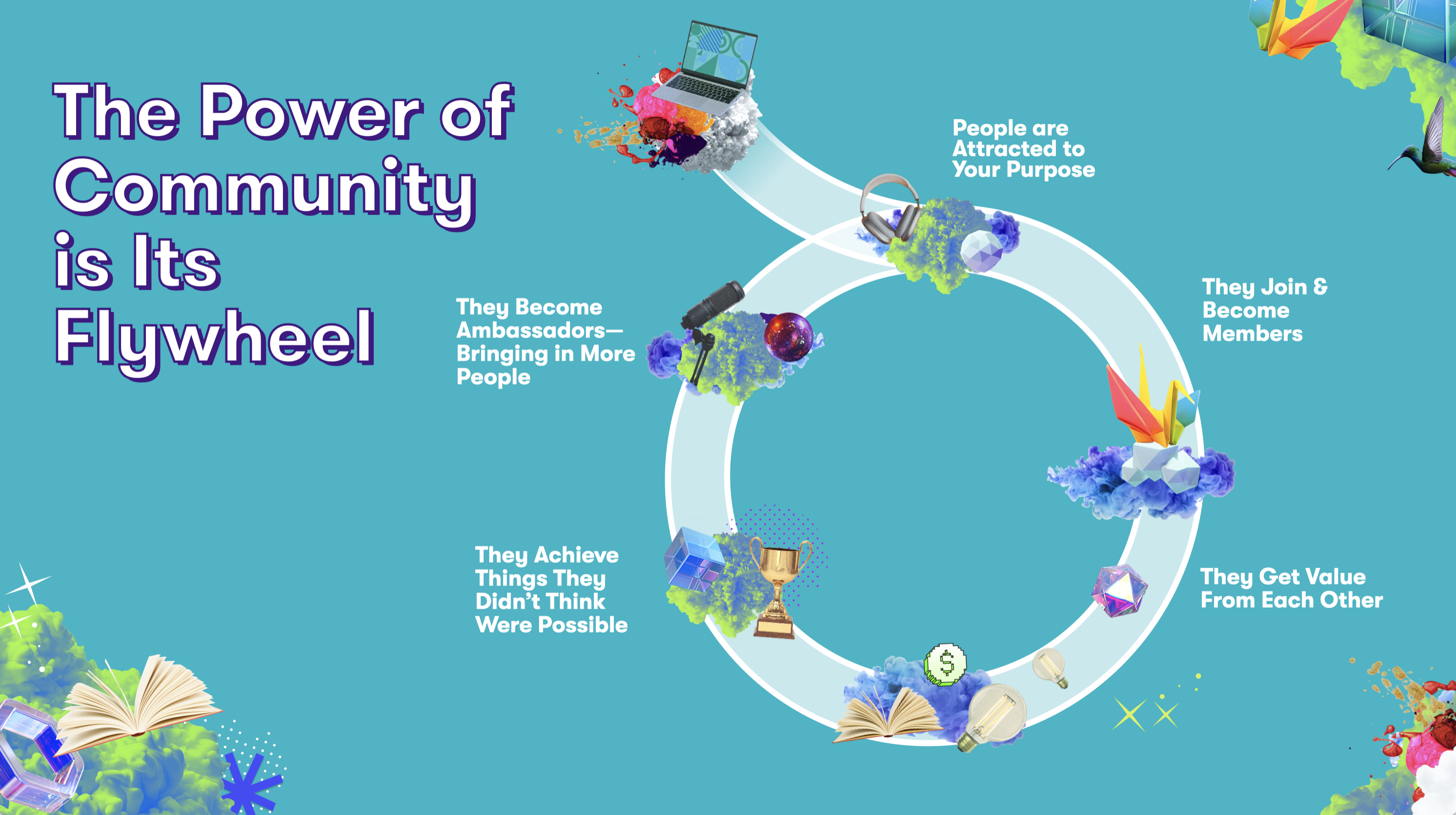
Instead of a funnel, try a flywheel! While a funnel creates a linear progression to a sale, a flywheel creates a circular relationship in which your product actually creates more sales.
For example, we see a flywheel when somebody creates an online community. Getting somebody into a customer community isn't the final step; it's the first step. When you run a thriving community, you can serve customers, deliver value, make space for UGC, and nurture sales.
But you're not doing it in a one-directional way. People come into your community and experience the value of discussions, courses, events, live streams, and more.
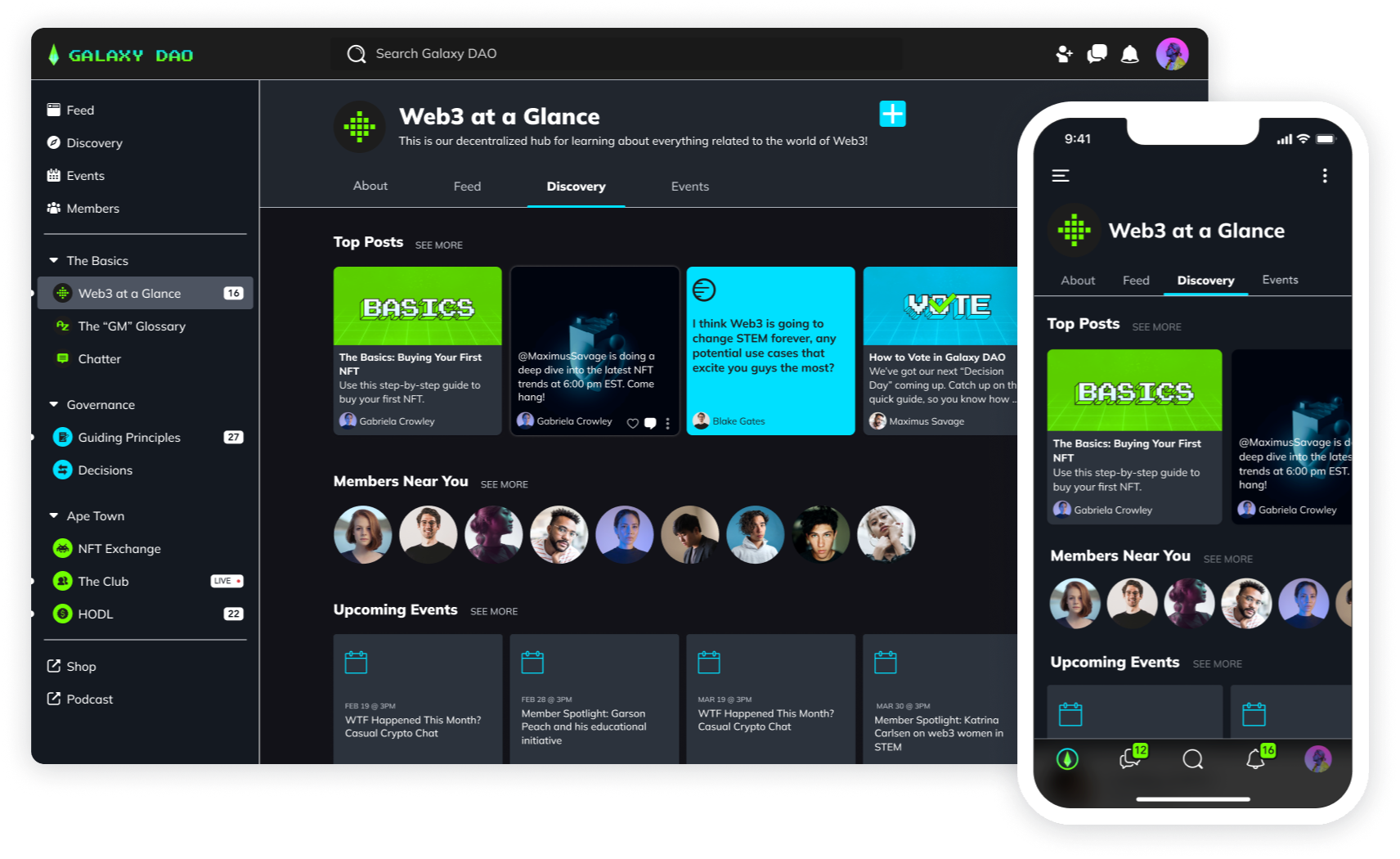
The data backs it up. We see that 90% of Mighty Networks that sell memberships ALSO sell courses, events, private groups, mastermind groups, downloads, books, coaching, and a ton of other valuable stuff.
Because once people are in a membership community, they keep getting more and more value and in turn spend more… not because their Hosts crammed them through an “efficient” funnel, but because they showed up and provided value.
While a funnel squeezes people through until you make a sale, a flywheel keeps nurturing and creating value all through the life cycle of a customer. It's a way better method for managing your customer experience.
With a funnel, customer experience starts at the sale, and selling ends with the funnel.
With a flywheel, customer experience is built into the product.
7. Build branded engagement
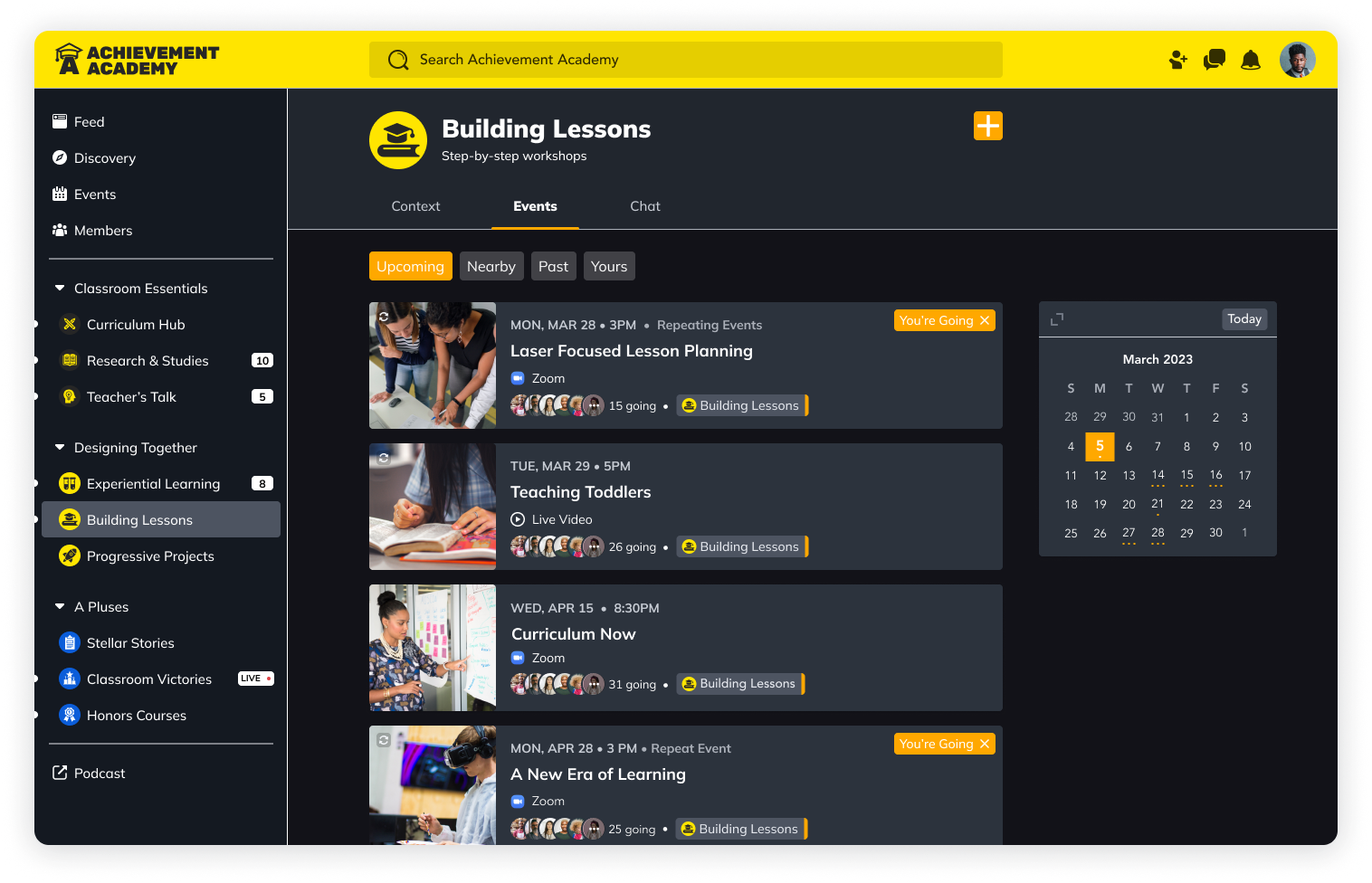
Your brand matters. You've done the work to build it. So why would you do customer engagement on a channel that isn't branded?
One of the biggest value bumps you can give your customer acquisition is building branded customer experiences.
According to Marty Neumeier, a brand is a feeling… it’s a customer’s perception of your company.
And customer experience can connect to brand experience in a really important way: by helping to shape how a customer FEELS about your brand. That’s why we’re seeing the necessity to build customer engagement that impacts a customer’s FEELING of your brand.
There are times when you might want to do a livestream on YouTube. But as you grow your impact and customer base, doing a livestream on your own branded app is a more premium experience.
There are times when you post content to social media. But posting content on your own community means your curated audience can see and engage. No fighting with an algorithm.
Obviously, there are places for both in your customer experience strategy. But bringing your customers through a value journey, your flywheel, in your branded space, creates a much better customer experience.
And while we're on the subject…
8. Own your channels
You don't know what frustration is until you get locked out of your brand's Facebook account. You go back and forth with customer service, trying desperately to get back in, all the while realizing how absurd it is that you are doing customer experience on a channel you don't own.
One of the OGs of internet marketing, Brian Clark, always said, "Don't build on rented land."
The lesson is to own your channels. It doesn't mean you will never touch a social media platform. But the more of the customer experience you can own, the better. Try to get your customer engagement onto platforms and spaces that are yours and don’t require the good graces of a social media giant to be successful.
In fact, you can even build your own social media platform.
9. Think mobile first
For most products and audiences, customer experience should be mobile first. You can check your statistics with tools like Google Analytics to find out what devices your audience uses most – but mobile wins for most brands.
That means you should be building customer experiences that work well on mobile and not adding mobile as an afterthought or praying your website is mobile friendly.
Here are a few ways to improve your mobile customer experience:
Check that your website is mobile friendly and/or design mobile versions.
Make sure your website loads fast and the design is clean. Reduce file sizes to minimize data use.
Make sure images and videos work well on a mobile device.
If you are selling digital products or services, make sure customers can have the same experience or better on mobile.
Consider building your own app or using a white-label solution to give an app experience.
As you plan your mobile customer engagement, consider features like discussion forums, live streaming, and virtual events that work well on mobile.
10. Personalize
One of the biggest trends in customer engagement is a personalized experience. McKinsey’s research shows that 71% of consumers expect personalized interactions with brands. They found that personalizing products or services can increase revenues by 5-15%!
Thanks to modern data collection practices mixed with versatile digital solutions, it's easier than ever to create personalized experiences that give each user exactly what they want.
As you build up your product, find ways to tailor customer experiences. How?
McKinsey’s research made some useful suggestions here too:
Recommending relevant products or services they wouldn’t find otherwise. This means knowing what customers are interested in and offering ideas.
Selling when a customer is in “shopping mode” – and not when they aren’t.
Reminding customers of things they care about but might forget (e.g. “the doors are opening again!).
Knowing who a customer is no matter where they interact.
11. Offer great support
Sooner or later, many customers actually need support. That's why having solid customer support is a vital part of a customer experience strategy.
A point of customer support is the moment when most customers EXPECT the most from their experience with your brand. If you flop this, the rest doesn’t matter much.
When they reach out to you for help, take the time to understand their problems and offer a personalized solution. And make sure they can find you.
12. Keep learning
A customer experience strategy isn't something you create and leave. There should be a constant dialogue between every element of your org, and you should be collecting proactive feedback from your customers and analytics from your exchanges.
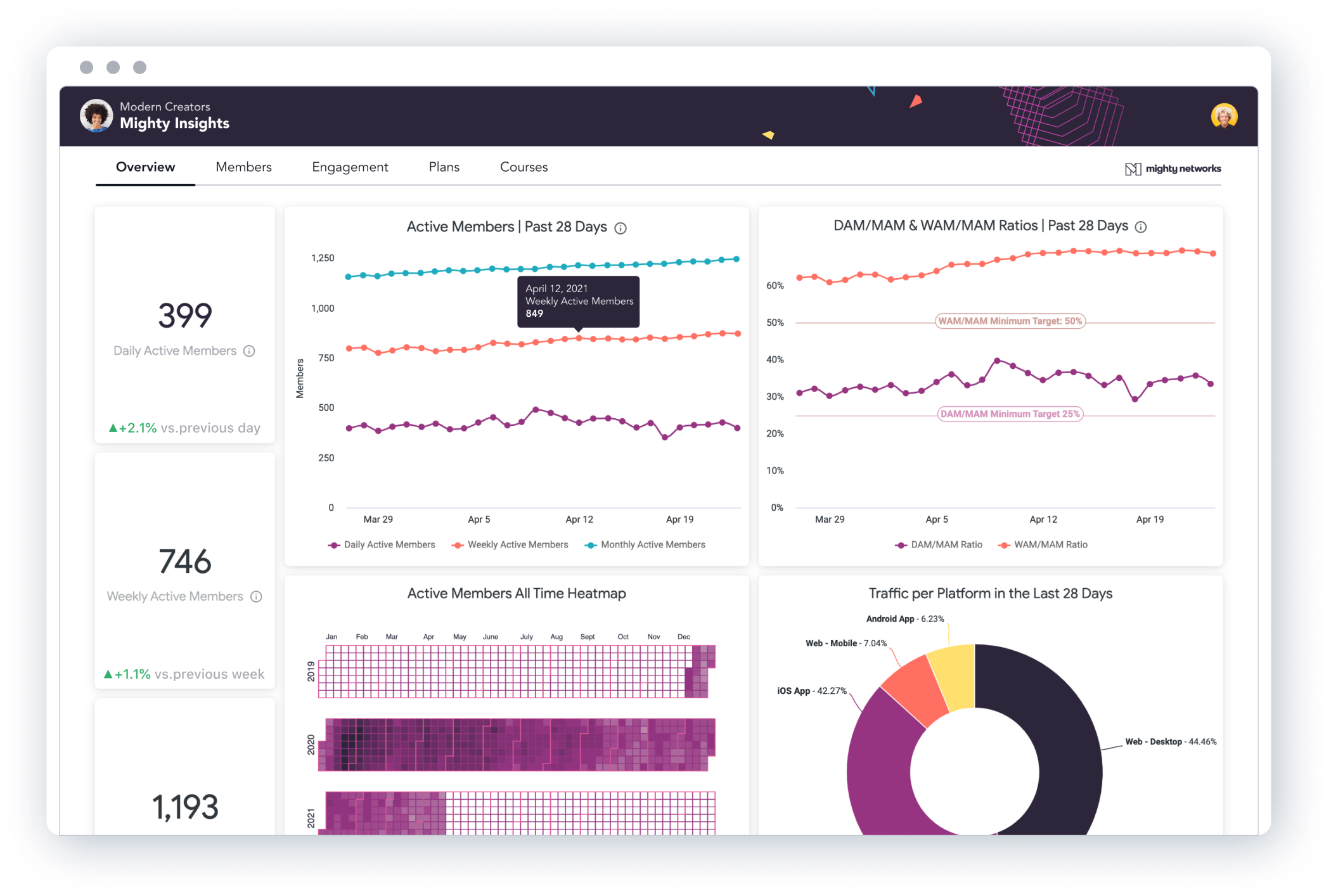
By learning and adapting you can create the best possible customer experience strategy.
Ready to level-up your customer experience?
If you’re ready to take your customer experience to the next level and build your own flywheel that delivers value for you and your customers, come check out Mighty Pro! We build branded customer experience apps that create a community around your brand. You can add in things like discussion/support forums, live streaming, virtual events, member profiles, and even courses (if it’s relevant).
It all happens on an app that lives under YOUR brand in the App Store and Google Play Store.
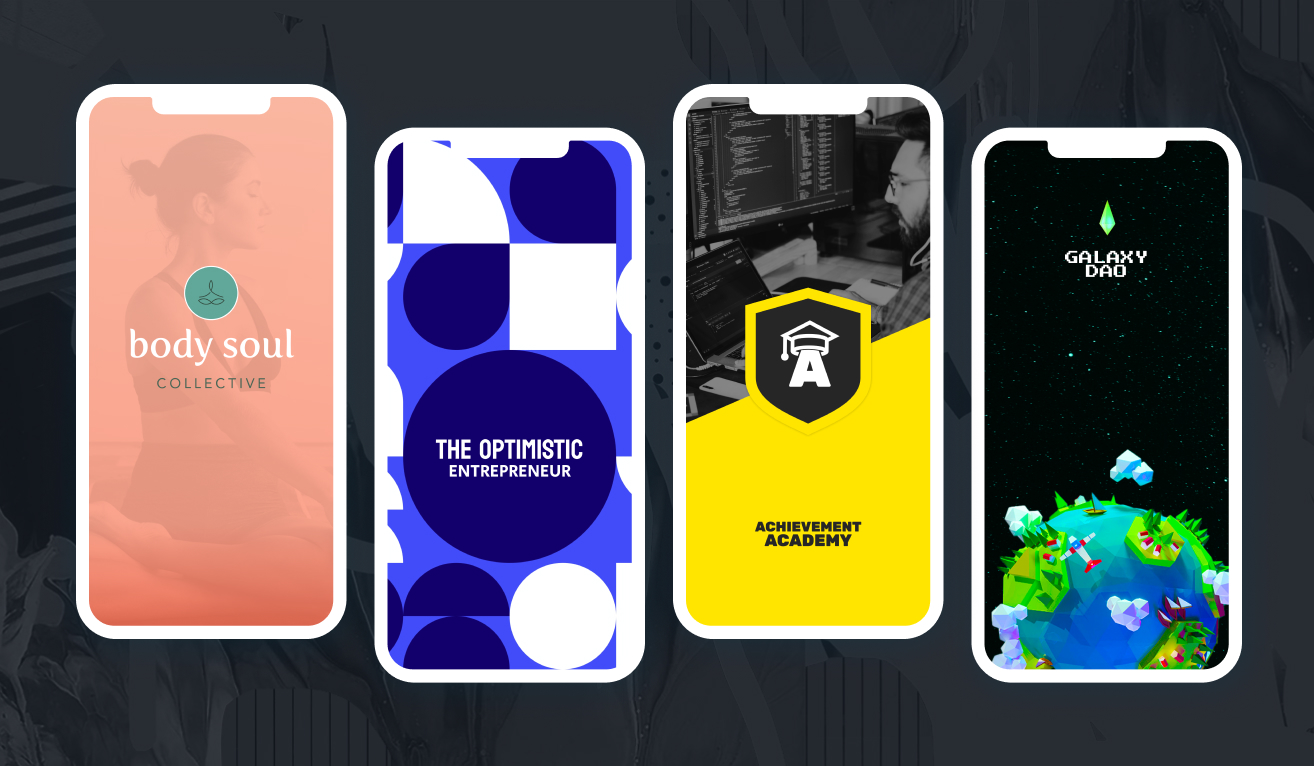
Book a call and we’ll show you what we could build together!
Ready to start building your community?
Start a free 14-day trial to explore Mighty—no credit card required.
More like this
Join Mighty Community
Learn the principles of Community Design™ (and see them in action) alongside thousands of creators and entrepreneurs. It's free to join!

Online Courses
Creating a Course
Teaching a Course
Course Platforms
Selling a Course
Communities & Memberships
Community Platforms
Managing a Community
Building a Community
Growing a Community
Monetizing a Community
Content Creation
Creators & Entrepreneurs
Monetization
Content Creation
Starting a Business
Website Builders
Creating & Managing a Website
Events
Event Platforms
Hosting & Marketing Events
Branded Apps
Creating a Mobile App
Coaching Apps
Community Apps
Coaching
Mastermind Groups
Starting a Coaching Business
Coaching Platforms
Filter by Category
Online Courses
Communities & Memberships
Creators & Entrepreneurs
Events
Branded Apps
Coaching
Build a $1 Million Community
This free masterclass went viral—sign up to learn why.









